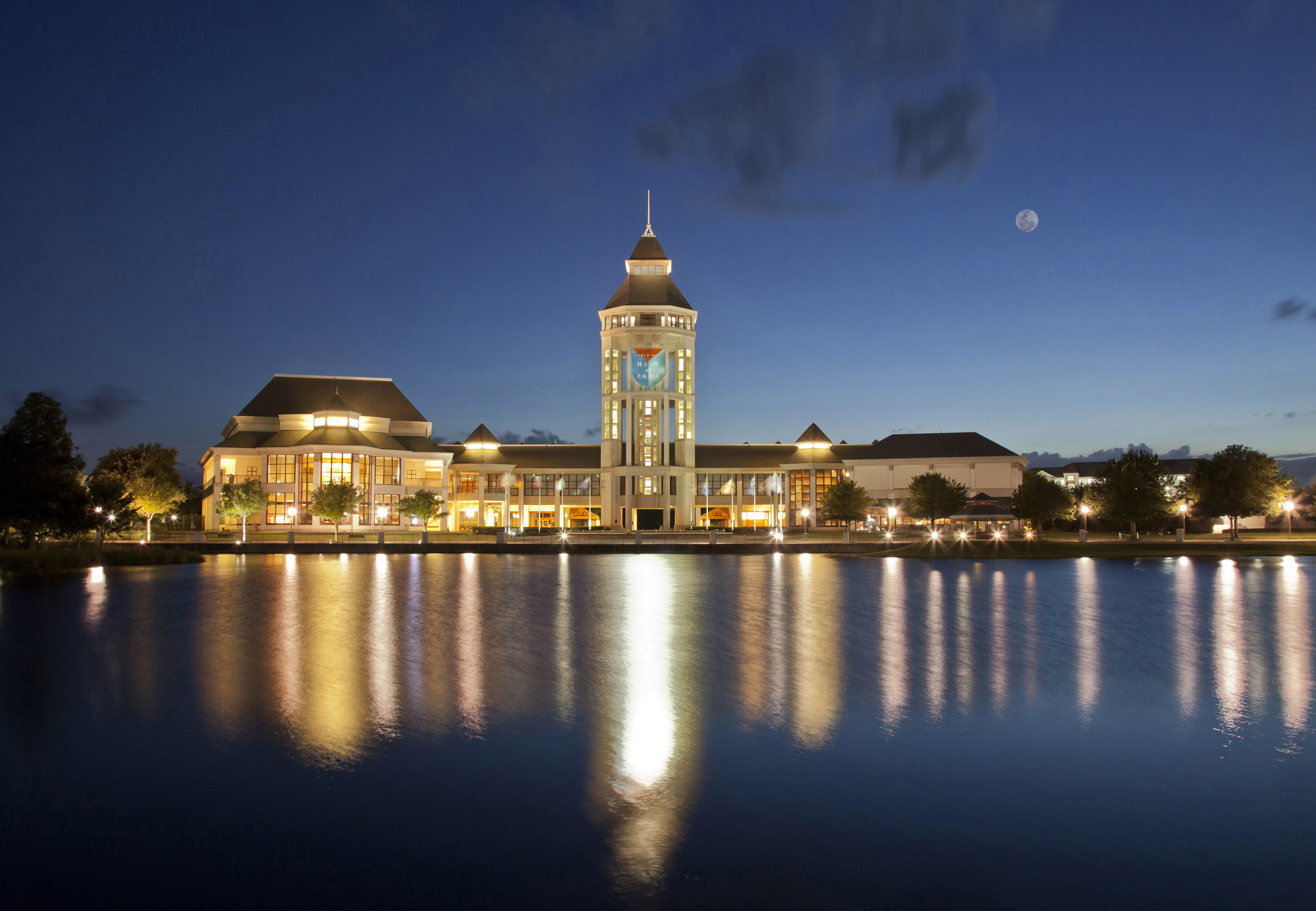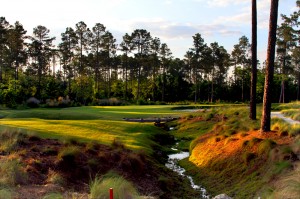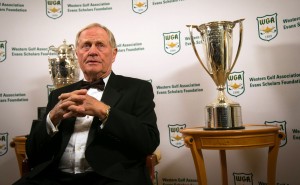ORLANDO, FL. – It’s become a tradition now. For the ninth straight year David Glod, president of Batavia-based Tour Edge, has gotten a jump on his club manufacturing rivals at the massive 61st annual PGA Merchandise Show.
The biggest show in golf begins a three-day run at the Orange County Convention Center on Wednesday with over 1,000 golf companies and brands and over 40,000 industry professionals from around the world displaying their wares. Over 20 Chicago area companies will have a big presence.
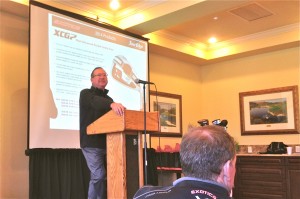
Glod introduced Tour Edge’s latest Exotics line of clubs to a select media contingent a day ahead of the show. Glod, who came out of the club pro ranks to found Tour Edge in 1987, considers his well-respected company as “the little clubmaker that could’’ and it’s become especially well-known for its fairway woods.
“We start with a manufacturing base, which is different than the bigger companies. We’re using better, more expensive materials that are harder to get,’’ said Glod. “That clearly puts us in a different category. We’re ahead of the game.’’
Fairway woods are again a highlight of the Exotics line, headed by the $500 CD Pro model.
“It’s a crazy, crazy fairway wood,’’ said Glod. “It’s so exciting. The first time we brought it on tour we won. Chris Kirk (at last fall’s McGladrey Championship on the PGA Tour) won with it.’’
Tour Edge doesn’t use tour players to endorse its equipment, but Wilson Sporting Goods, based in River Grove and celebrating its centennial in 2014, does. Wilson is using the show to make endorsement news in addition to launching modern renditions of three of its lines.
Wilson added German Marcel Siem, who has three victories on the European PGA Tour, to its staff and re-signed American PGA tourist Ricky Barnes. Wilson already had major tour winners Padraig Harrington and Paul Lawrie and up-and-coming Kevin Streelman of Wheaton as endorsees of its clubs.
Angelo Papadourakis, president and chief executive officer of North Barrington-based NewSpin Golf, is also expected to make an impact with his SwingSmart – an innovative golf swing analyzer. It recently won Golf magazine/s Techy Award in the training aid category.
KemperSports, the Northbrook-based golf management company, opened a new 216-room centerpiece lodge at the nearby Streamsong Resort as a prelude to the big show. Streamsong’s Red and Blue courses opened last year to rave reviews. The lodge includes three restaurants.
Streamsong, built on a natural 16,000 acres, has world-class bass fishing, a sporting clays facility and spa in addition to the courses, one of which was designed by Tom Doak and the other by the team of Bill Coore and Ben Crenshaw.
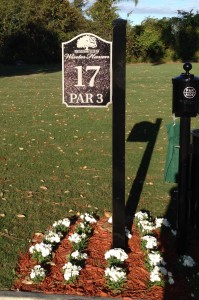
Winter Haven’s is an even more massive renovation. The private course, formerly known as the Lake Region Yacht & Country Club, was taken over by a group of members. It was lengthened by 500 yards in the renovation and the clubhouse, driving range and cart barn will also be replaced soon.



